Consumers today use mobile devices as prevalently as desktop. In fact, more than half of all internet traffic shopping now occurs from a mobile device. Brands must be mobile-friendly to stay connected with today’s on-the-go consumers.
Take a look at some of these top statistics that put mobile usage into perspective and how it influences the omnichannel purchase journey.
- 77% of Americans own a smartphone. (OuterBox)
- Over 230 million U.S. consumers own smartphones. (OuterBox)
- Consumers increased their use of mobile during the pandemic, a trend which is not slowing as shopping app usage grows 30% in 2021. (Internet Retailing)
- Purchase sizes also are growing, with baskets hitting a high $88 in June 2021, compared to January’s $74 – a 15.8% increase. (Internet Retailing)
- More than half (55.4 percent) of internet users use their mobile phones to purchase products online and seven in ten (69.4 percent) say they use shopping apps on their mobile devices – be it a phone or a tablet (DataReportal, 2021).
- Almost six out of every ten shoppers say that being able to purchase products on mobile devices is a key factor when it comes to choosing brands or retailers to buy from (Google, 2019).
- 77% of US consumers use their mobile devices in stores to compare prices. (SimiCart)
71% of in-store shoppers who use smartphones for online research say their device has become more important to their in-store experience. (SimiCart) - 67% of customers who do window-shop online does it just for fun, with 77% of those end up making impulse purchases in the end. (SimiCart)
And consider these additional statistics by Google Insights. When people use mobile search to help make a decision, they are:
- 57% more likely to visit a store
- 39% more likely to call a business
- 51% more likely to make a purchase
Mobile Retail Investments on the Rise
With the heavy emphasis on the mobile consumer, retailers are boosting investments in mobile technologies. According to a recent study by RetailMeNot, nearly 4 in 10 retailers (39%) are ready to make mobile a major component of their budget.
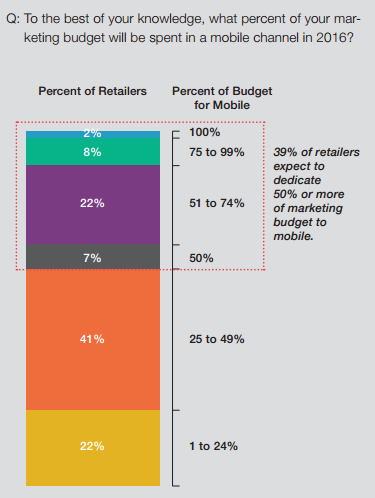
In a separate report by the Economist Intelligence Unit, mobile devices, and networks are expected to have the biggest impact on organizations (59%) by 2020. This is followed by personalization technologies (45%) and the IoT at 39%.
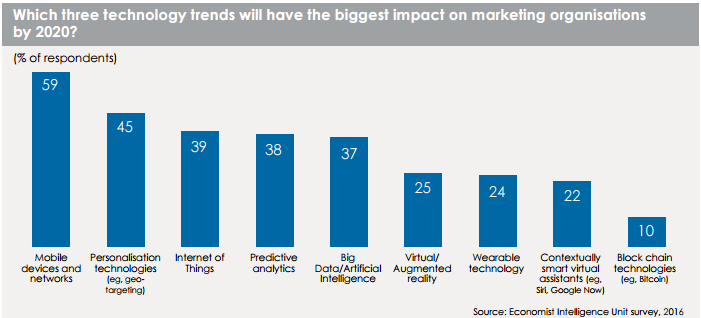
Mobile Strategy and the Customer Journey
With consumers embracing mobile technologies head-on, marketers have more access to consumer data. While collecting this data has sparked debates about consumer privacy interests, marketers should and can collect this data in a way that is not invasive to the consumer but is used to create richer and more relevant customer experiences.
Mobile data can be a rich source of information about a consumer’s activities, preferences and shopping habits. Mobile users also use their devices to look for location services and to download apps based on their interests and lifestyle activities. Software can keep track of the mobile data available from your website or keep track of the location-based information from a mobile phone in order to identify common places your customers like to shop and what products and services they are likely to be interested in. The bottom line is that consumers want a personalized and relevant experience and are irritated when brands don’t deliver. But to do this, marketers need to look at the data to better tailor products and services to the individual consumer.
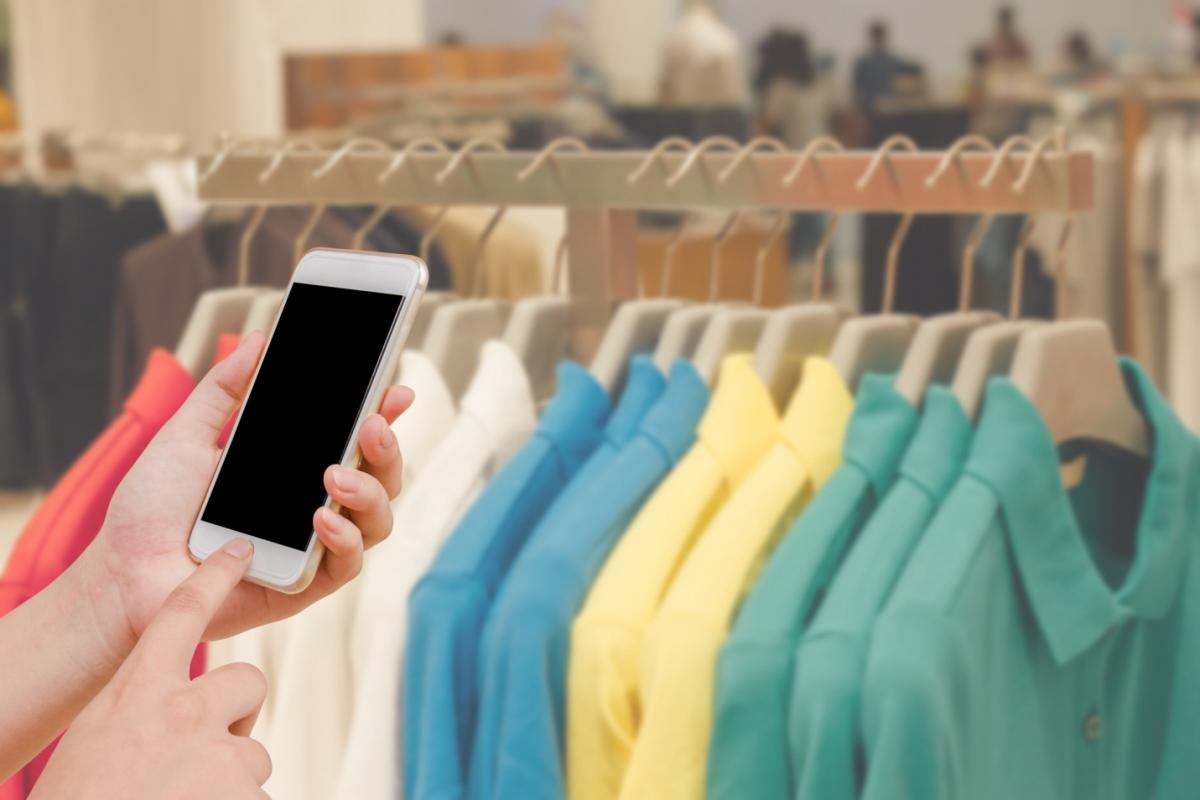
Marketers with a well-defined mobile strategy are able to understand their customers and prospects, including where consumers tend to use mobile in the purchase process. Armed with these insights, brands are able to have a much more comprehensive of the entire customer journey and how to provide the types of experience consumers are seeking.
According to research h by Econsultancy and Adobe, 78% of companies with a well-defined mobile strategy know what portion of their traffic comes from mobile devices, 78% know what types of devices their customers are using, and 71% understand how mobile fits into the customer journey across devices and channels.
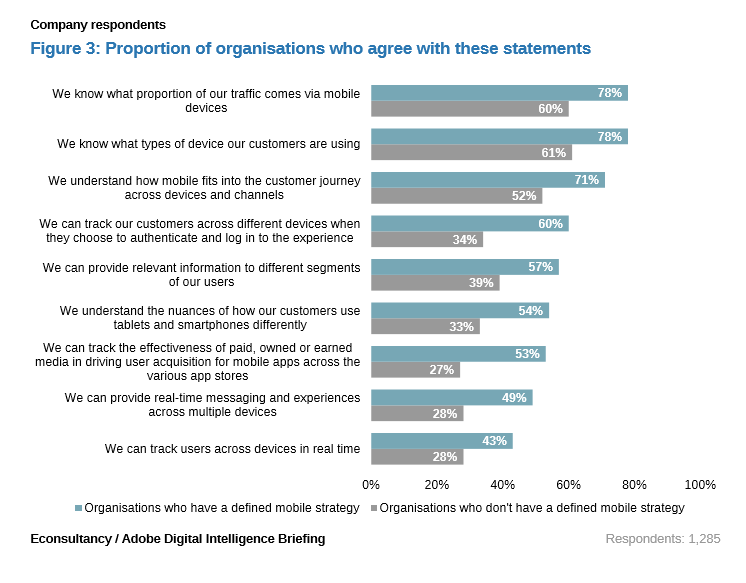
Marketers are paying more attention to the role of mobile in order to keep up with more demanding and mobile-savvy consumers. 63% of marketers now feel that the mobile experience is more important than ever because there is simply no room for error. This is a significant increase over 2015, in which only slightly more than half (52%) of marketers agreed that the mobile experience was more important than desktop.
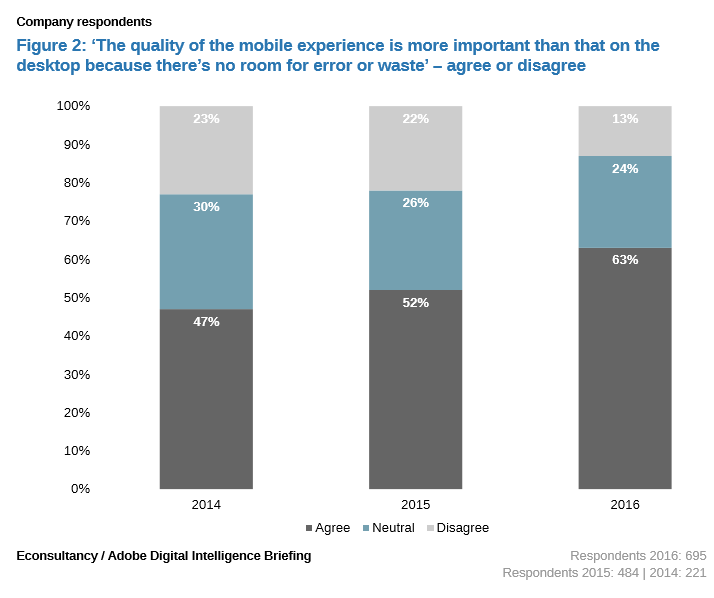
Mobile and Customer Loyalty
Nielsen data shows that people spend more than 30 hours a month using apps, an increase of about 65% in the last two years. More and more brands are creating apps as a way to reward customers for their loyalty. Mobile apps allow brands to create highly personalized offers in real-time, a level of engagement that is not available in real-time. However, consumers are selective about the apps they will download and use.
A survey by RetailMeNot shows that 60% of consumers who use a smartphone to shop online have fewer than two retailer-specific apps on their phone, and 21% don’t have any at all. And if an app does not meet consumer expectations, it is quickly forgotten or removed.
Consumers are interested in using loyalty cards however on Apple Wallet and Android Pay. These types of loyalty programs are commonly used to deliver personalized messaging and offers directly to a reward member’s smartphone. Research by Vibes indicates that about three-quarters of smartphone users are interested in saving loyalty cards to their smartphones.
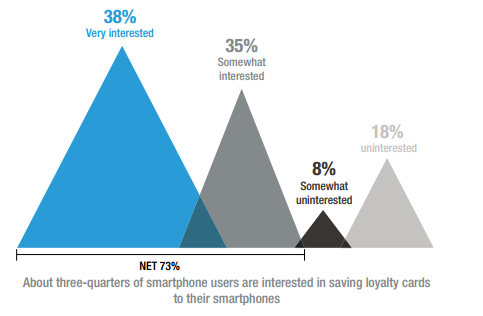
And the good news is that consumers are eager to use these mobile loyalty programs. Most (62%) would have a more positive opinion of a retailer that provided digital loyalty cards. Furthermore, according to the research by Vibes, “Three-quarters of consumers state that receiving triggered loyalty messaging, which includes surprise points, exclusive content and birthday/anniversary content, would have a major impact on their brand loyalty.”
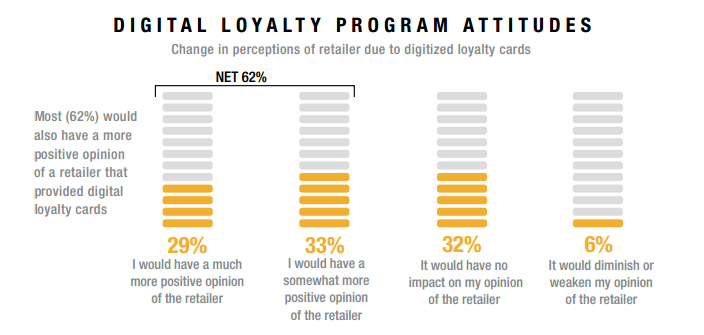
Consumers are leading the mobile shift, using mobile at any number of points along the purchase journey. Whether they are researching, browsing, or actively purchasing, consumers don’t recognize “mobile” as a separate channel, but rather as simply another way to interact with the brands of their choosing. Brands need to make sure this device-to-device and channel-to-channel journey is seamless – whether consumers are on their smart device, on a laptop, or in your physical location.
Be sure to check out Porch Group Media’s Omnichannel Marketing Success Kit for more tips and best practices on how to target today’s multi-channel consumers.
Learn how Porch Group Media can help you get to know your customers better and reach them across channels to boost your marketing success. Contact us to get started!




